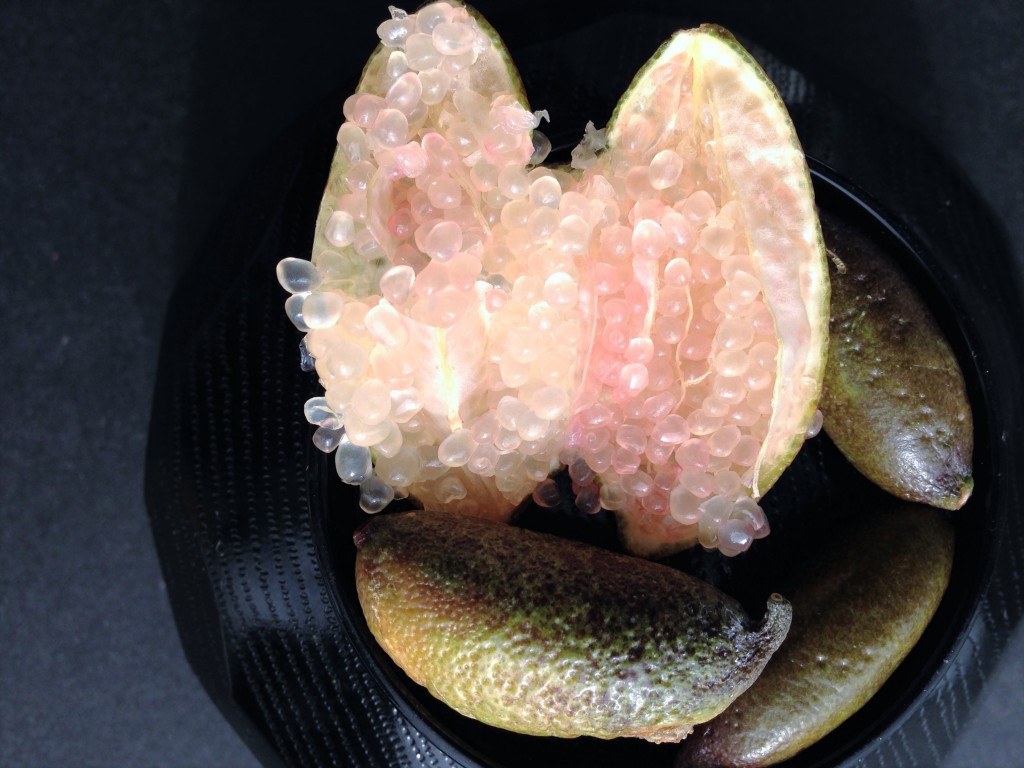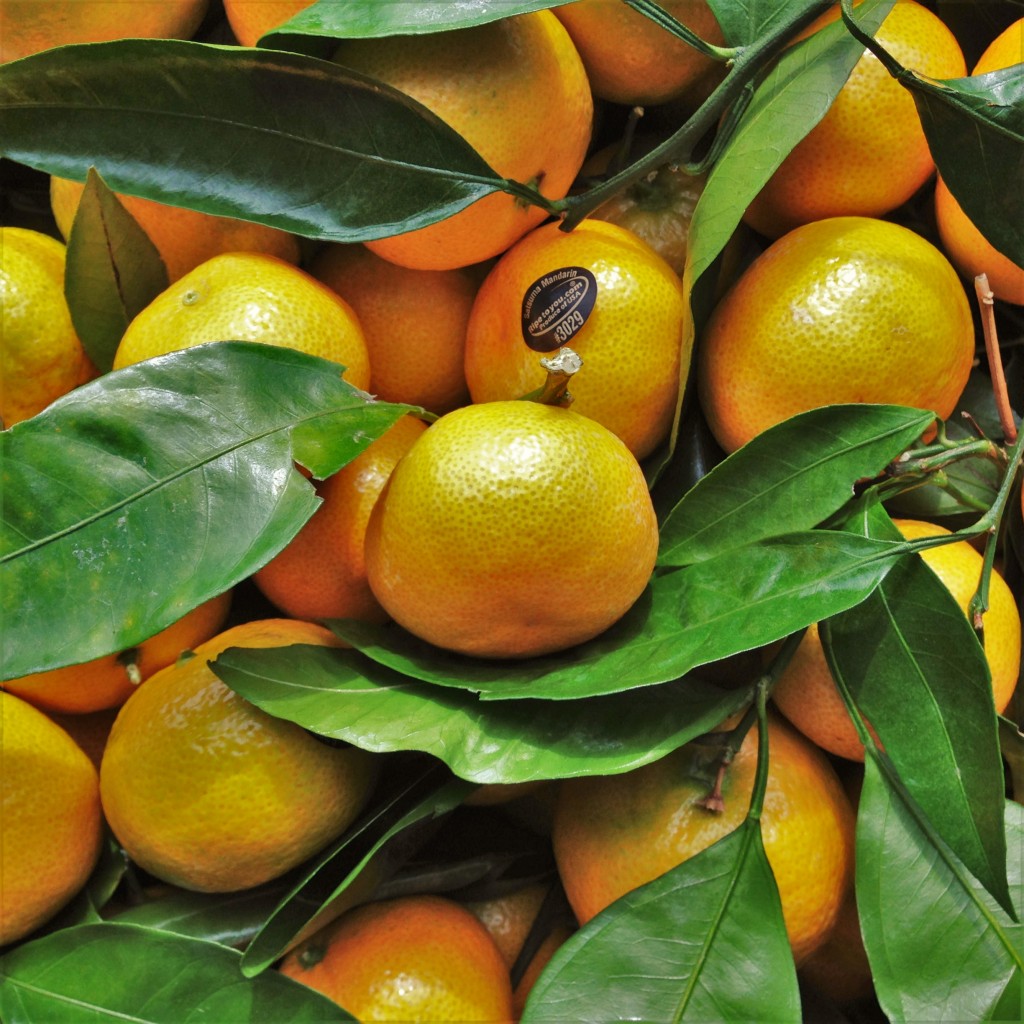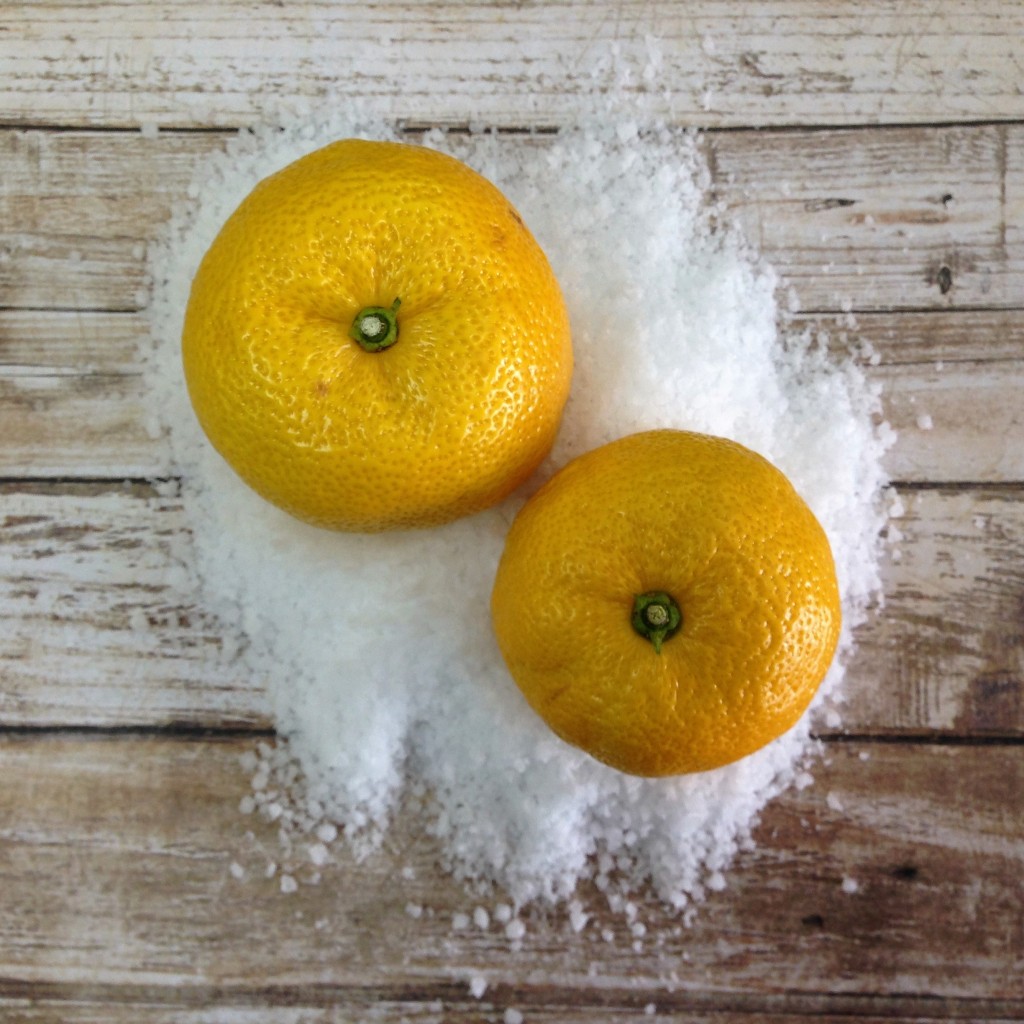Citrus time.
Many of us grew up in a world where tree-ripened fruit was no longer the norm, but a memory your grandparents had. Supermarket fruit, which is typically rock-hard, underripe and grown for durability rather than flavor is unfortunately the bulk of what’s out there. Thankfully, there are a few domestic growers that grow for flavor, rather than hardiness and ship-ability. Rising C Ranch is one of them. They grow heirloom varieties that they picked for both flavor and beauty. They’ve learned how to work with these unique fruits, and purposefully leave them on the tree until they’re fully ripe. Their soil-management and pruning practices give the fruit the best possible chance to develop the deepest possible flavor. They’ve figured out how to time harvest and pack fruit so that it arrives both ripe and in top shape. These guys are the best, and we are proud to carry their heirloom citrus varieties throughout the winter.
Rising C Ranch Citrus
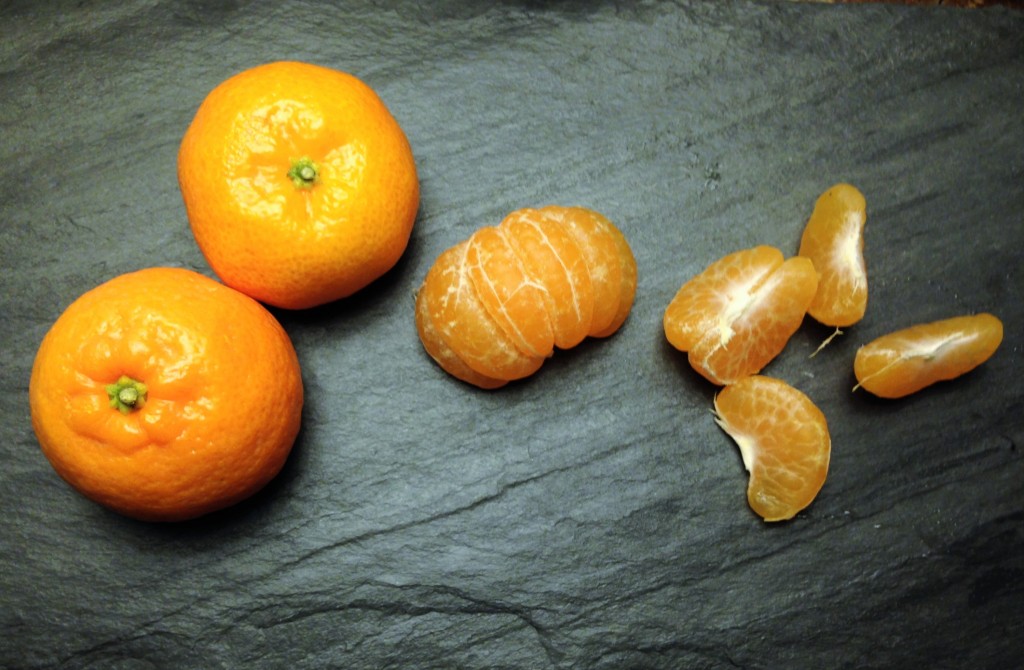
Kishu Mandarins: tiny, sweet & seedless, Kishu mandarins are an ancient Japanese varietal. These mandarins, ranging from the size of a quarter to a half-dollar, are delicious and easy to peel. You could almost serve them as-is: they’d make memorable and seasonally appropriate mignardises. Also, if you just want a citrus that you don’t have to segment with a knife, this is it: while not shiny or glossy like a citrus suprême, they have the advantage of staying super-juicy and bursting when you crush them under your tongue, and there’s no waste. Dry out the super-aromatic rind, or candy it. A bowl of kishu mandarins on the table for brunch would not be a bad thing at all.
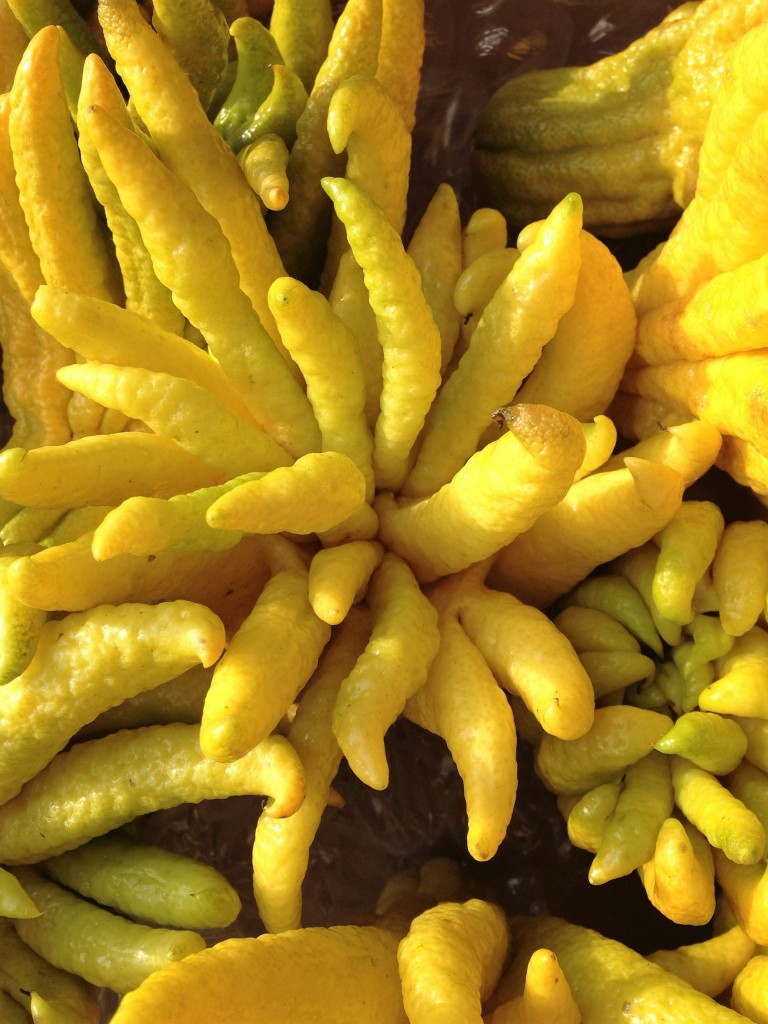
Buddha’s Hands: No flesh, no seeds, so what do we do with it? Give some to the bartender: it infuses beautifully into spirits, and would make a cool winter citron limoncello. Or keep one on the bar to use instead for cocktail zest and let it spark conversation. Candy it: unlike almost every other citrus, the pith of this one isn’t nearly as bitter, which makes it easy to candy or turn into marmalade–a lot less work than oranges, and twice as fragrant–David Lebovitz has an excellent breakdown of it here, (and it includes some really good tricks, too.) Candy now, then make some panettone bread later. And if you order some and they don’t all get used up, bring one home: their fragrance is incredible, and folks in ancient China would wash their clothes with them. Spruce that greasy apron right up.
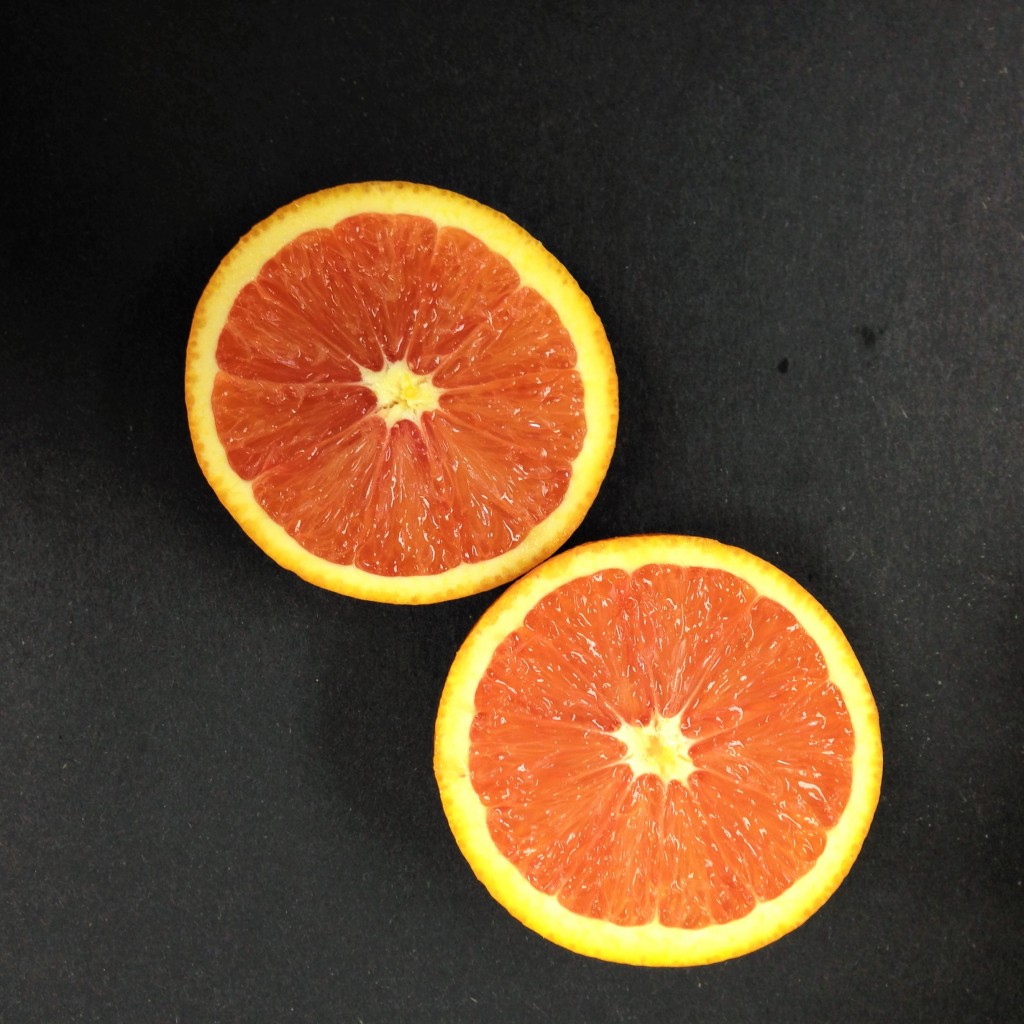
Cara Cara Pink Navel Oranges: yep, it’s a pink orange. The pigment that makes it pink is lycopene, which is a carotenoid that is found in red carrots, tomatoes, watermelons and papayas–and the meaty depth you get from this super juicy orange is somewhat reminiscent of papaya’s rich flesh. These are the number one fruit the staff is eating right now. Their beauty is almost besides the point–these far surpass commercial navels in flavor, depth, juiciness, sweetness and overall balance.
Finger Limes: I can feel the word caviar, in quotes, coming on. These little beads of citrus really pop, and taste like a cross between lime and grapefruit blossom. Finger limes originated Australia, and the Aussies therefore have a few ideas about what to do with them. While trying to find any dish that didn’t suggest using them on raw fish, or desserts (which are great uses) or martinis (really?), we found some Aussie websites with some very cool-sounding dishes like garlic & chilli prawns with pepperberry & saltbush, and sashimi of kingfish with quandong and finger limes. Groovy.
Satsuma Mandarins: known also as the “honey citrus of Wenzhou,” “Christmas orange” in Britain because it was often enjoyed as a holiday treat around that time, and “Satsuma” to us, because they were first exported to Florida from the Satsuma Province in Japan in 1876. They are noted for their loose skin, easy peeling, mostly seedless nature as well as their sweet honeyed flavor and tenderness. Besides eating out of hand, they pair well with rum: Cochon does a satsuma mojito, Ottolenghi does an almond flour and satsuma cake soaked in almond syrup, and they lend themselves to candying whole, if you’ve got the patience. Don’t forget to save the peels and dry them out, for fragrant dried citrus peel throughout the winter, or housemade chai.
Fresh Yuzu: this crazy citrus is a cross between a super cold-hardy variety of citrus called Ichang Papeda and a sour mandarin. The first one is a thick-skinned, fragrant ornamental variety, used largely for fragrance (rather than culinary) uses, is almost all seed and pith, and is hardy enough to survive a frost. The second variety brings the sour juice and bright orange-lemon flavors to the party. This hard-to-find winter citrus is one of the first to come and first to go during winter citrus season, so get it now. Many of the best uses involve preserving it anyway: yuzu kosho, yuzu marmalade (used to make Korean yujacha), or capture the moment and make a fresh, legit, non-soy based ponzu. Show this one to the barkeep: yuzu maple leaf. And please, tell us what we missed. Apparently, yuzu and matsutake are considered a classic Japanese pairing: they grow in the same season, are both incredibly aromatic, but used how? Kick some knowledge and we’ll add it to the post. Guest chefs welcome.
